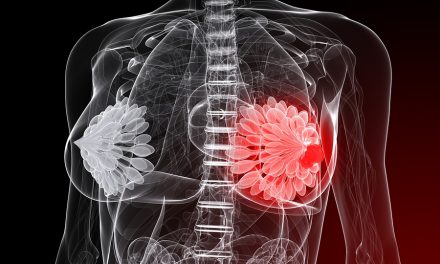New research has found that fracking may put Pennsylvania communities at greater risk for skin, genital, and urinary diseases. The study was published in the March issue of the journal Public Health. (Pennsylvania accounted for 19 percent of total U.S. marketed natural gas production and produced more natural gas than any other state (except Texas in 2017) with a majority of the natural gas produced coming from the Marcellus Shale in the southwestern part of the state.
Looking at hospital records in Pennsylvania’s 67 counties from 2003-2014, “researchers found that the more fracking wells were in a county, the more hospitalizations the county saw for genital and urinary problems like urinary tract infections, kidney infections, and kidney stones.” But Alina Denham, a Ph.D. Candidate in Health Services Research and Policy at the University of Rochester and lead author of the study cautioned that “hospitalizations are for acute illness or serious exacerbations of chronic illness. So if we see strong associations with hospitalizations, it’s likely that additional cases of mild symptoms for the same illnesses have been addressed at home or in an outpatient setting, or not addressed at all.”1
Meaning the issue could be even more widespread.
Comparing yearly hospitalization rates for each county with the number of new fracking wells drilled, the total number of wells, and the density of wells by land area for each county by year, researchers observed:1
- skin issues like rashes caused by cellulitis and abscesses
- problems with acne and eczema to diaper rash and ulcers
- about 200 individuals filed formal complaints documenting health impacts they thought could be related to fracking from 2011 to 2014, and 40 percent of those included skin problems
- as the number of new wells and the well density in a county increased over time, there was a corresponding increase in hospitalization rates for kidney infections, kidney stones, and urinary tract infections, particularly in women ages 20-64
- these issues mostly affected adult women, rather than children and the elderly
- the team found that a number of other studies, including some that looked at outpatient data rather than hospitalization data, found links between cardiovascular and respiratory issues like asthma and the air pollution caused by fracking
Although the study didn’t investigate why the link between hospitalization rates for skin, genital, and urinary illnesses and fracking exists, researchers have a few theories:
“‘There’s a growing body of literature on associations between drilling activity and risky sexual behaviors, so it’s possible that the increase in genitourinary hospitalizations could be related to that rather than directly linked to drilling activity,’ Elaine Hill, assistant professor in the Department of Public Health Sciences at the University of Rochester and co-author of the study, told EHN.
They’ve also hypothesized that the disruption to bacteria deep in the Earth that’s caused by fracking, or chemical exposures in drinking water could play a role, Hill said, but they haven’t found any strong toxicology or clinical literature to back that up. ‘In terms of skin-related issues,” she added, “there’s toxicology literature that suggests close to 50 percent of chemicals used in drilling could have a dermatological effect.'”1
More research is needed but it’s also important that people who live in fracking communities let their physicians know in case they develop any of these issues.
SOURCE:












